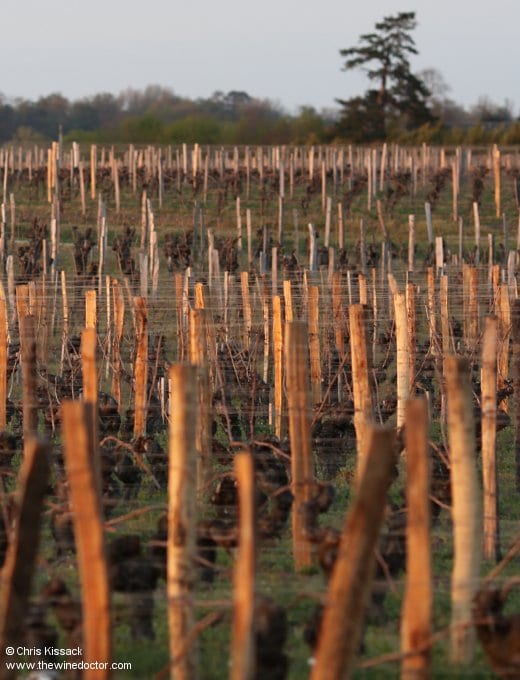Château Cheval Blanc: Vineyards
Although in the St Emilion appellation the estate lies, as I have already detailed in my introduction, some distance from the town of that name. Within the St Emilion appellation there are four distinct terroirs. The most commonly discussed is the first, the limestone plateau and clay-limestone slopes (although these are often regarded as two distinct terroirs, the limestone plateau and clay-limestone côtes) on which the town sits, and where the vast majority of the premier grand cru classé estates are to be found. The second and third are both sandy terroirs, alluvial and aeolian (wind-blown) sands which lie to the south and west of the town. While this is suitably precise, it is rare for any real distinction to be made between the sands when it comes to the quality of wine. Then, further west still, as we approach the boundary beyond which lies Pomerol, there is a strip of gravel, the fourth terroir. Here, on five gravel mounds, lie two top estates, one of which is Château Cheval Blanc. The other, as I have already explained, is Château Figeac, which lies a few hundred metres south of Cheval Blanc.
Other nearby properties include Château La Tour Figeac and once there was Château La Tour du Pin as well, both of which sit west of Château Cheval Blanc and Château Figeac, and to the east we find Château La Dominique and Château Jean Faure. As you move eastwards, however, into the Corbin sector where Château Croque Michotte and Château Grand Corbin Despagne are located, and beyond that the neighbouring appellation of Montagne St Emilion, the gravel rapidly fades into soils richer in sand, clay and limestone, so despite the proximity of these other estates they cannot easily claim the same gravelly terroir as their more famous neighbour.

